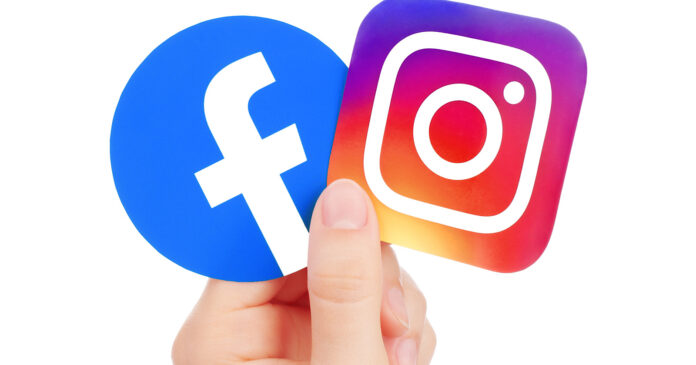
- Facebook informed marketers of impending changes to how users are counted for advertising reasons back in June. These modifications are starting to take effect right now.
- Users whose Facebook and Instagram accounts are not linked will be counted as two different users, potentially boosting advertiser estimations of their potential audience.
- Facebook argues that the main goal of this change is to provide people more choice over how their personal data is handled. However, advertisers are dubious.
Two of the biggest social media networks in the world, Facebook and Instagram, are undergoing yet another transformation. But this time, it will mainly impact advertising. According to a statement made by the social network, individuals who have not linked their Facebook and Instagram accounts in the Accounts Center will be treated as two different users for the purposes of advertising. So, even if a user has accounts on both Facebook and Instagram using the same email address, the social network will think that they are two separate persons if your accounts are not linked.
In September 2020, Facebook unveiled Accounts Center, a feature found in the settings for Instagram, Messenger, and Facebook. It enables services like cross-posting content, a single login key, Facebook pay, and much more by allowing users to connect their accounts. Many people have synchronized their accounts as a result of these features. These users, who chose to link their accounts, will still be viewed by advertisers as a single entity.
Users who choose to un-sync in their Accounts Center or who haven’t synced their Facebook and Instagram accounts will be counted separately in the statistics for ad performance.
Although Facebook claims that this change shouldn’t significantly affect campaign reach because its Potential Reach estimates are now shown as ranges rather than precise figures, it may make their ad reach stats look better. Due to legal issues with false and duplicate accounts in their estimations, Facebook made this modification.
Users are beginning to want more control over their data, which has prompted this move.
According to Graham Mudd, vice president of product marketing at Facebook, “This upgrade is consistent with developing advertising, privacy, and regulatory contexts and matches with trends of allowing consumers greater control over how their information is used for ads.”
However, a lot of marketers disagree with this shift, citing problems with how Facebook inflated the figures while posing as “respecting users.”
In any case, it’s occurring and there’s little chance that it will drive many marketers away from the Facebook and Instagram platforms. How this affects ad reach and how marketers and consumers react will be clear in the upcoming months.

















